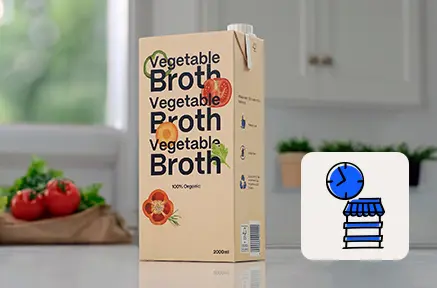Expert take: exploring the shelf-stable market of the future

As consumer expectation for shelf-stable food grows bigger and more complex, how is demand impacting manufacturers and suppliers, and what current trends do we see influencing future growth? Watch the interview below as our inhouse expert Tamara Dzalaeva, Category Manager for Europe, offers her thoughts on the shelf-stable market.
Want to know more?
What are some of the main challenges affecting expansion of the shelf-stable market?
The industry needs to learn how to offer more consumer value without increasing the price of products. This puts tremendous pressure on manufacturers and retailers as they try to give more to consumers at the same price while also managing their own costs.
What are some of the biggest differences between traditional and aseptic packaging?
Traditional packaging involves hot fill or retort filling which is very energy intensive and requires that the product is exposed to high temperatures for a long time. For some products, this has a noticeable effect on the flavor, the color and the nutritional value.
Old vs new tech – and why aseptic has the overall advantage
Aseptic technology, the technology behind aseptic carton packs and spouted pouches, allows for a reduction in heating time to mere seconds or minutes, minimizing the impact on taste and freshness. At the same time, it helps us ensure food safety and product stability (in terms of long shelf life) in ambient conditions.
In essence, aseptic technology is more advanced. It’s more efficient, enables lower consumption of various resources, has a lower waste rate, and comes with an overall lower carbon footprint.
Where do you see SIG offering the most value?
We anticipate that aseptic will grow its share in various liquid food categories where this tech is applicable. At SIG, we have the most advanced aseptic filling technologies on the market. Allowing manufacturers to fill high viscosity products (up to 5,000 mPas) and products with chunks/particles up to 40mm long. Overall, we really see the potential for aseptic to grow in terms of technical scope and step into new food segments.
As we wrap up our analysis of the shelf-stable market, download our exclusive report for a more in-depth look at the changing face of aseptic food. To follow along with other discussions, subscribe to our monthly newsletter.

The role of shelf-stable foods within sustainability

Shelf-stable food products by segment

